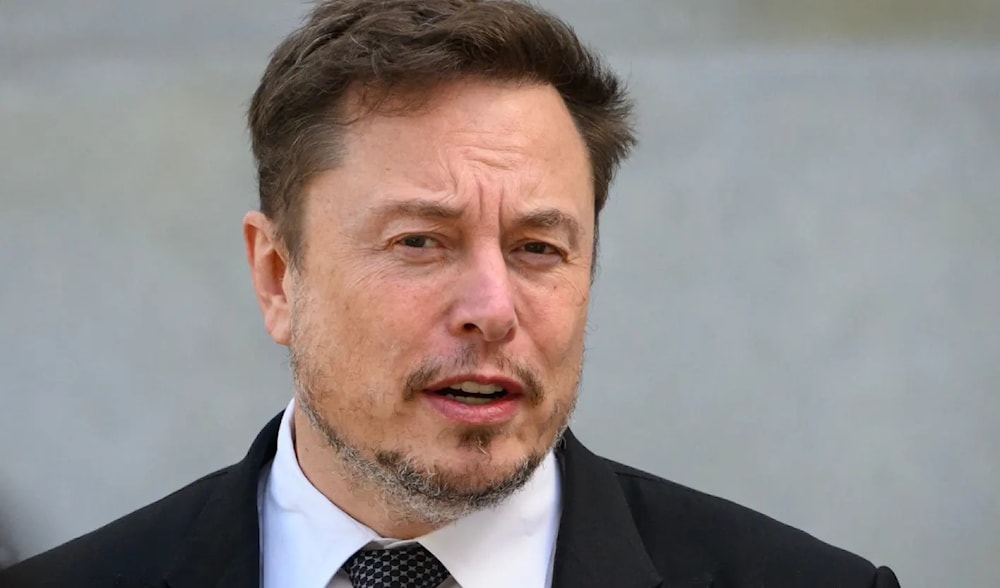US debt interest payments exceed defense budget: Musk
Musk warned that the government's current spending rate was putting the US at risk of bankruptcy, claiming that the overspending is fueling inflation
-

X CEO Elon Musk leaves a US Senate bipartisan Artificial Intelligence Insight Forum at the US Capitol in Washington, D.C., on September 13, 2023. (AFP)
The cost of interest payments on US national debt has exceeded the country's defense budget, Elon Musk said in an interview with the All-In podcast.
“Interest payments on the national debt are now higher than the entire Defense Department budget and rising,” Musk said, highlighting that the US is “going bankrupt extremely quickly.”
In late July, the US Treasury announced the national debt surpassed $35 trillion, skyrocketing by one trillion within a six-month period.
Concerning the defense budget, the US House of Representatives passed an annual defense policy bill in June that authorizes spending of a record $895 billion, a 1% increase compared to the previous fiscal year.
The Tesla and X CEO stated that every trillion dollars added to the national debt is money that “our kids and grandkids are going to have to pay somehow.”
The billionaire also shared a post on X from a finance and economics-focused account that stated the US would need to pay more than $1.2 trillion in interest on the national debt within the next 12 months, equating to approximately 25% of government revenue.
Interest payments on the national debt are now higher than the entire Defense Department budget and rising! https://t.co/yqRgLpzPu1
— Elon Musk (@elonmusk) September 8, 2024
Musk also warned that the government's current spending rate was putting the US at risk of bankruptcy, claiming that the overspending is fueling inflation.
For the first time since 2021, the annual inflation rate dropped below 3% in July, according to the US Labor Department in August. Essentially, the prices of goods and services increased by 2.9% while core inflation, which excludes the food and energy sectors, increased by 3.2% within the last 12 months.
US national debt on the rise with no end in sight
The United States' national debt keeps ballooning and its economy crumbling with forecasts of a recession not over just yet.
During the COVID-19 pandemic, the US national debt saw a major spike but was not controlled until it recently skyrocketed to over $34 trillion, hitting a historic high.
This poses a problem that will spill over to other big economies relying on public borrowing to regulate inflation. Moreover, it leaves public services provided by the US government, such as Medicare and Social Security, in an unknown grey area as the government could be faced with choices to prioritize certain services over others.
The issue could also peak with the consideration of the debt ceiling plan proposed by US President Joe Biden. It essentially raises the debt ceiling till January 25 to avoid a complete breakdown of the economy, but there are no financial guarantees in a very dynamic economy.
It is worth noting that the US national debt soared from an inflation-adjusted $403 billion to $34 trillion in just a century.
As of January, the US debt-to-GDP ratio stands at 123%, according to the International Monetary Fund. It surged over China's debt-to-GDP ratio, which recently leveled at over 80%. Japan, on the other hand, scored the highest among big economies and currently stands at 255%.

 3 Min Read
3 Min Read










